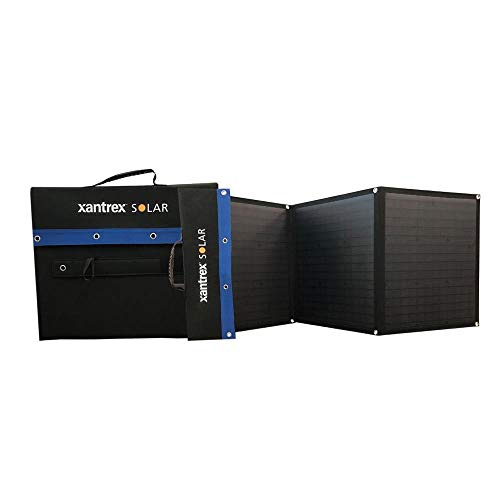slow2day said:
^
Was this online info? Have a link?
...
What relay do they refer to? ..
Yes, it was online, but only in the comments under a YouTube video. Nothing very authoritative.
The reference to the relay was not very specific, but I've heard it discussed in the past and the term fuel pump relay was used.
===========
A strange thing happened on the way to the market ...
This short story is intended to provide clues in this mechanical mystery, hopefully leading to more clarification about which of these avenues to pursue.
I said earlier in this thread that the truck runs well. Generally it does. Very rarely have I noticed a problem with it running, and when I did, it was mostly while idling and very briefly. There was one exception to that.
Approximately 3 weeks ago, after driving across country most of the day, I noticed that the truck was beginning to idle rough. I came into the next city at the end of the day, and it was running rough and didn't have much power. I was quite worried, so I limped into the Walmart parking lot and stayed there for a few days to talk to mechanics, etc. Nothing much was done while I was there with the exception of some diagnostics and the reconnection of one loose vacuum line. Even while driving in town before I left, the rough idle / rough running problem seemed to be gone. It was certainly gone by the time I left a few days later. Spontaneously resolved.
Since that time, I have not experienced that problem again ... until today. After letting the truck
sit, engine off, for about an hour, I started it to show someone the hard starting problem. Boy, did he get a demonstration! That rough idling problem came back with a vengeance, and continued throughout the 5 minutes or so that we were listening to the engine.
When it was time to leave that area, I drove through the parking lot with the engine running pretty rough. I pulled out and up to a stop light. Very suddenly, with the speed and distinctness of flipping a light switch, the rough running / idling immediately stopped. The truck started running and idling just as smooth as you please. And then while I was still sitting at the red light, the rough running and idling returned, just as suddenly as if flipping a light switch again.
To me, there are very few things that could spontaneously switch engine performance that quickly and completely, and then switch it back just as quickly and completely. I don't know what those things are, but it seems to me that they must be digital / binary type components. They either work or they don't. They are either on or off. They do not operate in an analog way.
And all of that makes me think about sensors that for one reason or another send one type of signal one minute, and then turn around and send an entirely different kind of signal the next minute even though the truck itself hasn't changed.
Shed any light?
Tom





























































